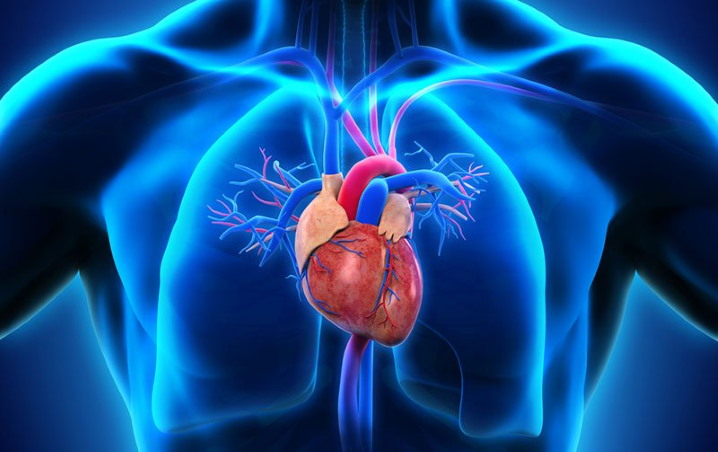Cardiovascular drugs have a significant impact on the heart and blood vessels. These drugs include anti-hypertensives, antiarrhythmics, lipid-lowering agents like statins, vasodilators, anti-coagulants, anti-platelets, and more. They can act directly or indirectly through the autonomic/central nervous system, kidneys, and in coordination with other factors that regulate cardiovascular function.
Cardio electrophysiology plays a crucial role in understanding how these drugs work, as variations in cardiac physiology can result in various health conditions.
Anti-hypertensives
Hypertension is characterized by elevated blood pressure, with normal systolic blood pressure being less than 120 mmHg and diastolic blood pressure less than 80 mmHg.
Depending on the levels of systolic and diastolic blood pressure, hypertension can be classified as pre-hypertension, Stage 1, Stage 2, hypertensive urgency, or hypertensive emergency
Beta Blockers
These drugs block beta-1 receptors found in the sino atrial node, atrioventricular nodes, atria, and ventricles of the heart. Beta-1 blockers are known as cardio selective beta blockers. While beta-2 and beta-3 receptors also have some effects, beta-1 blockers like Metoprolol and Atenolol are widely used for hypertension.
Calcium Channel Blockers
Calcium ions play a major role in muscle contraction, including cardiac and smooth muscles. Calcium channel blockers inhibit the influx of calcium ions into cardiac and smooth muscles, resulting in vasodilation, reduced contractility, and decreased blood pressure. Examples include Amlodipine, Verapamil, and Diltiazem.
ACE Inhibitors
Angiotensin I is converted to Angiotensin II in the presence of Angiotensin-converting enzyme (ACE). Angiotensin II is a vasoconstrictor that increases blood pressure. ACE inhibitors, such as Lisinopril and Enalapril, inhibit the conversion of Angiotensin I to Angiotensin II
ARBs (Angiotensin II Receptor Blockers)
ARBs block the vasoconstrictor effect of Angiotensin II resulting in reduced blood pressure. Examples include Losartan and Valsartan.
Diuretics
Diuretics increase urine output. They increase the excretion of sodium and water. Diuretics reduce blood volume. Diuretics include thiazide diuretics like Hydrochlorothiazide, loop diuretics like furosemide and torsemide, and osmotic diuretics like mannitol and glycerol.
Antiarrhythmics
Abnormal cardiac rhythms result in arrhythmias. Major arrhythmias include atrial flutter and atrial fibrillation.
Sodium Channel Blockers
These agents block sodium channels in cardiac cells, affecting impulse conduction and reducing excitation. Sodium channel blockers are categorized into three types based on their action during different phases of the cardiac action potential. Examples include Quinidine, Propafenone, and Lidocaine.
Potassium Channel Blockers
These drugs inhibit potassium channels and help manage cardiac arrhythmias. The drugs include Amiodarone and Sotalol.
Calcium Channel Blockers and Beta Blockers are also used as antiarrhythmic agents.
Anticoagulants and Antiplatelet Agents
These agents reduce blood clots and inhibit platelet aggregation. Warfarin inhibits the synthesis of clotting factors 2, 7, 9, and 10. INR should be monitored during this period.
Direct Oral Anticoagulants
These agents have the same action, but the specific target action helps to make drug therapy easier to manage.
Antiplatelet Drugs
These agents inhibit platelet aggregation to prevent clot formation. These include aspirin and clopidogrel.
Cardiac glycosides
These inhibit sodium-potassium ATPase and increase the levels of sodium and decrease the levels of potassium and magnesium. The increased level of calcium ions helps increase contractility. Digoxin is the most commonly used cardiac glycoside and is also used in congestive heart failure and arrhythmia.
Vasodilators
Arterial dilators decrease afterload, including Hydralazine, Minoxidil, and Diazoxide, and venodilators decrease preload, which includes Nitrates. The arterial and venodilator sodium nitroprusside is used in emergency hypertension.
Cholesterol-Lowering Medications
Statins are the most commonly used lipid-lowering agents, and they inhibit cholesterol synthesis in the liver and also decrease atherosclerosis and cardiovascular events.
These drug therapies should be under the supervision of a healthcare provider or a registered medical practitioner due to the potential for numerous side effects and drug interactions. Monitoring the dosage and route of administration is crucial for the effectiveness of successful therapy.


